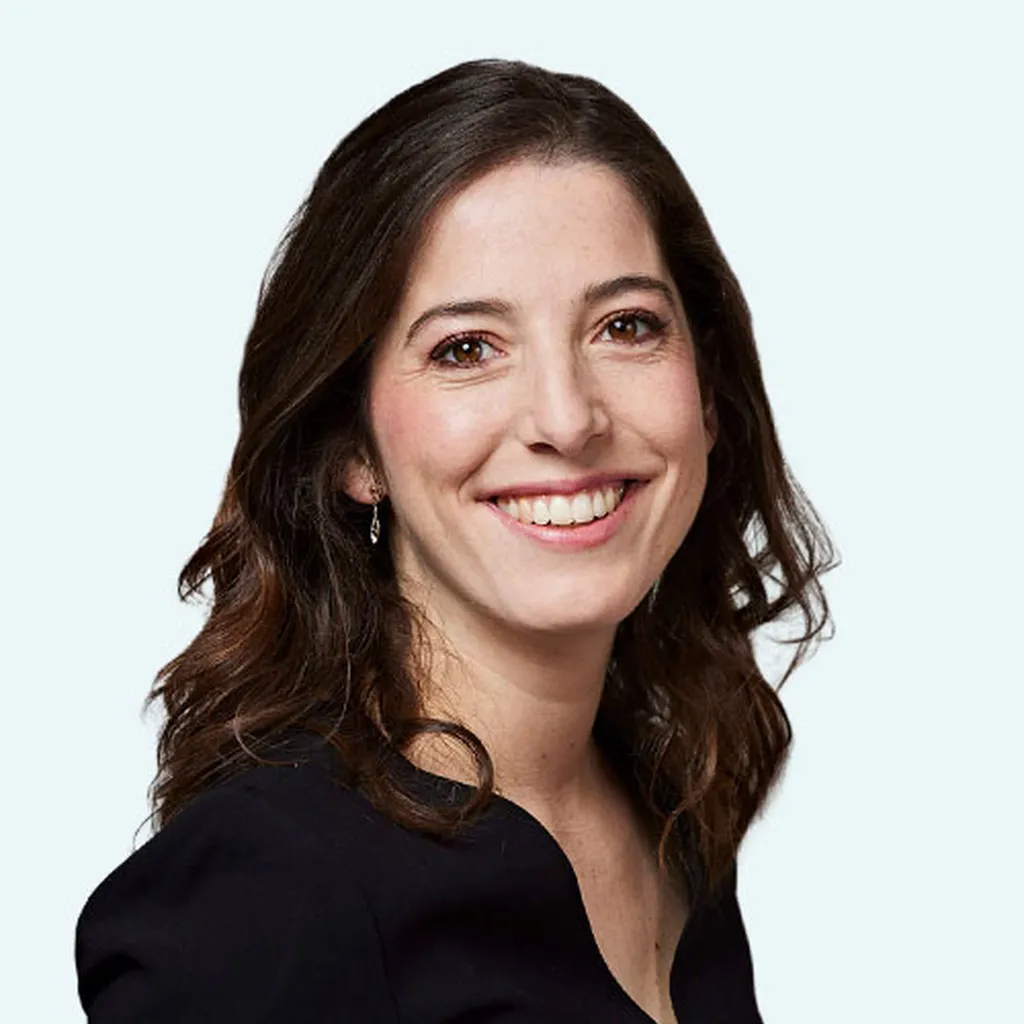In the heart of Jordan, a researcher is pioneering a shift in how we think about construction, sustainability, and urban living. Ayah Alkhawaldeh, from the Department of Civil Engineering at the American University of Madaba, is exploring how innovative green technologies can transform buildings into smart, adaptive structures that respond to environmental changes and reduce their ecological footprint. Her work, published in the MATEC Web of Conferences (translated to English as “Materials Science and Technology Conference”), offers a compelling vision for the future of urban development.
Alkhawaldeh’s research focuses on the urgent need for construction methods that minimize energy consumption, reduce waste, and enhance building adaptability. “As urbanization accelerates, we must address the environmental impacts of our built environment,” she explains. “Green buildings and sustainable cities are not just trends; they are essential for mitigating climate change and improving quality of life.”
Her study highlights several key technologies that are driving this transformation. Energy-efficient materials, such as advanced insulation and low-emissivity coatings, are reducing the energy demands of buildings. Smart building systems, equipped with sensors and automation, optimize energy use and enhance occupant comfort. Renewable energy sources, like solar panels and wind turbines, are integrating into building designs to provide clean, sustainable power. Additionally, sustainable design techniques, such as green roofs and rainwater harvesting, are making buildings more resilient and adaptable to changing environmental conditions.
The commercial implications for the energy sector are significant. As buildings become more energy-efficient, the demand for traditional energy sources decreases, opening up new markets for renewable energy solutions. “The shift towards green buildings presents a tremendous opportunity for the energy sector,” Alkhawaldeh notes. “By integrating renewable energy sources into building designs, we can reduce our reliance on fossil fuels and create a more sustainable energy future.”
Moreover, the adoption of these technologies can lead to cost savings for building owners and occupants. Energy-efficient buildings require less energy to operate, resulting in lower utility bills and reduced maintenance costs. “Investing in green technology is not just an environmental imperative; it’s also an economic one,” Alkhawaldeh emphasizes. “Buildings that are designed with sustainability in mind can offer long-term financial benefits, making them an attractive option for investors and developers.”
Government policies play a crucial role in promoting the widespread adoption of green building practices. Alkhawaldeh suggests that tax reductions, grants, and incentives can encourage builders and developers to embrace sustainable design and construction methods. “Policy support is essential for driving innovation and accelerating the transition to green buildings,” she says. “By creating a supportive regulatory environment, we can foster a market where sustainable construction is the norm rather than the exception.”
Alkhawaldeh’s research underscores the importance of continuous innovation and collaboration across disciplines to achieve the goals of smart, adaptable, and sustainable construction. As urbanization continues to reshape our cities, the integration of green technologies into building design and construction will be critical for creating environments that are both ecologically responsible and responsive to the needs of their inhabitants.
In the coming years, we can expect to see a growing emphasis on green building practices as the benefits become increasingly apparent. Alkhawaldeh’s work serves as a reminder that the future of construction lies in our ability to innovate and adapt, ensuring that our built environment is not only sustainable but also resilient and responsive to the challenges of a changing world.

